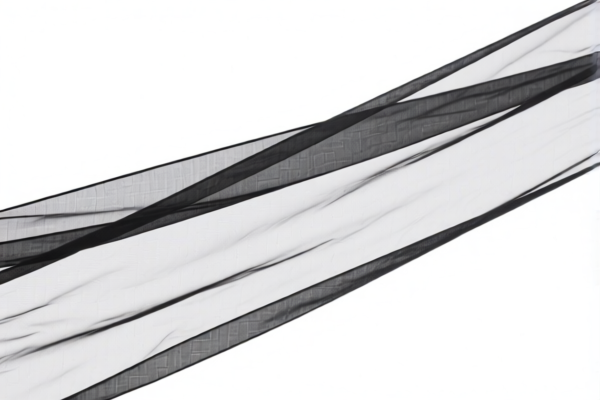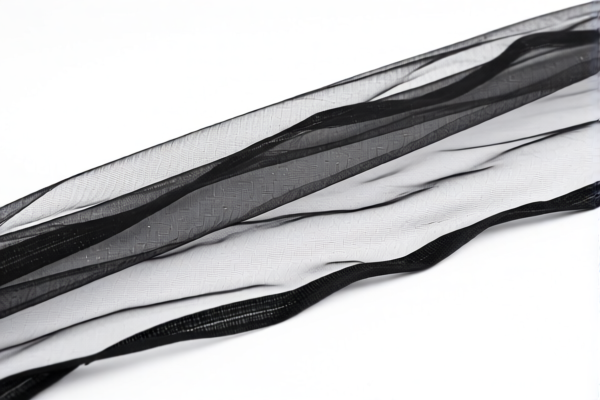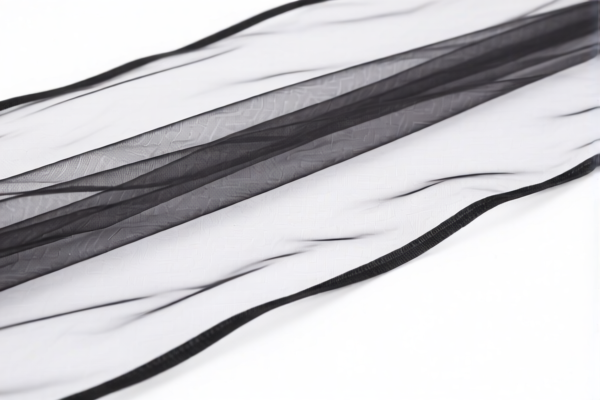Found 8 matching results
(CN → US)
| HS Code | Official Doc | Tariff Rate | Origin | Destination | Effective Date |
|---|---|---|---|---|---|
| 5608903000 | Doc | 60.0% | CN | US | 2025-05-12 |
| 5608901000 | Doc | 63.0% | CN | US | 2025-05-12 |
| 5609004000 | Doc | 58.9% | CN | US | 2025-05-12 |
| 5609003000 | Doc | 59.5% | CN | US | 2025-05-12 |
| 5404900000 | Doc | 55.0% | CN | US | 2025-05-12 |
| 6306120000 | Doc | 38.8% | CN | US | 2025-05-12 |
| 6306191100 | Doc | 45.5% | CN | US | 2025-05-12 |
| 3926909989 | Doc | 42.8% | CN | US | 2025-05-12 |




Sunshading Net
A sunshading net, also known as shade cloth, is a textile product used to provide shade, reduce sunlight exposure, and control temperature in various applications.
Material
Sunshading nets are commonly manufactured from high-density polyethylene (HDPE) or polypropylene (PP). These materials offer:
- UV Resistance: Crucial for prolonged outdoor use, preventing degradation from sunlight.
- Durability: Resistant to tearing, punctures, and weathering.
- Lightweight: Facilitates easy installation and handling.
- Water Permeability: Allows for airflow and drainage, reducing humidity and preventing mold growth.
- Recyclability: Many options are recyclable, promoting sustainable practices.
Purpose & Function
The primary functions of sunshading nets include:
- Sunlight Reduction: Decreases the intensity of sunlight reaching the covered area. Shading percentages vary based on net density.
- Temperature Control: Reduces heat buildup by blocking solar radiation.
- Protection: Shields plants, people, or materials from harmful UV rays.
- Windbreak: Some nets offer partial wind protection, reducing wind speed and preventing damage.
- Privacy: Provides a degree of visual privacy.
Usage Scenarios
Sunshading nets are employed in diverse settings:
- Agriculture: Protecting crops from sun scorch, frost damage, and pests; optimizing growing conditions for sensitive plants. Used in greenhouses, nurseries, and open fields.
- Horticulture: Providing shade for seedlings, cuttings, and mature plants.
- Construction: Protecting materials, workers, and equipment from sun exposure.
- Landscaping: Providing shade for patios, decks, and gardens.
- Recreational Areas: Creating shaded areas over playgrounds, swimming pools, and parking lots.
- Animal Husbandry: Providing shade for livestock, reducing heat stress and improving animal welfare.
Common Types
Sunshading nets are categorized based on several factors:
- Shade Rate: Expressed as a percentage (e.g., 30%, 50%, 70%, 90%). Higher percentages provide greater shade.
- Knitted vs. Woven:
- Knitted nets: More flexible, lighter weight, and offer better airflow. More prone to tearing than woven nets.
- Woven nets: More durable, stronger, and offer greater stability. Less airflow than knitted nets.
- Color: While black is most common, other colors (e.g., green, white, silver) are available. Color can influence light diffusion and temperature control. Silver nets are often used for reflective cooling.
- Stabilization: UV-stabilized nets are essential for outdoor applications to prevent degradation.
- Eyelet Type: Grommets, buttonholes, or reinforced edges for easy installation.
- Tape Reinforced: Some nets feature tape reinforcement along the edges for increased strength and durability.
Sunshading nets fall under several potential classifications based on material and specific application. Here's a breakdown of relevant HS codes based on the provided information:
- 6306120000: Tarpaulins, awnings and sunblinds; tents (including temporary canopies and similar articles); sails for boats, sailboards or landcraft; camping goods: Tarpaulins, awnings and sunblinds: Of synthetic fibers (669). This code applies to tarpaulins and sunblinds made from synthetic fibers.
- 6306191100: Tarpaulins, awnings and sunblinds; tents (including temporary canopies and similar articles); sails for boats, sailboards or landcraft; camping goods: Tarpaulins, awnings and sunblinds: Of other textile materials: Of cotton (369). This code is applicable to tarpaulins and sunblinds made from cotton.
- 5608903000: Knotted netting of twine, cordage or rope; made up fishing nets and other made up nets, of textile materials: Other: Other: Other. This code covers knotted netting made from twine, cordage, or rope, and could apply if the sunshading net is constructed in this manner.
- 5609004000: Articles of yarn, strip or the like of heading 5404 or 5405, twine, cordage, rope or cables, not elsewhere specified or included: Other. This code applies to articles made from yarn, strip, twine, cordage, or rope not specifically classified elsewhere.
Tax Rate Information:
- 6306120000: Has a base tariff of 8.8%, with no additional tariff currently applied, but a 30.0% additional tariff will be applied after April 2, 2025, resulting in a total tariff of 38.8%.
- 6306191100: Has a base tariff of 8.0% and an additional tariff of 7.5%, with a 30.0% additional tariff applied after April 2, 2025, resulting in a total tariff of 45.5%.
- 5608903000: Has a base tariff of 5.0% and an additional tariff of 25.0%, with a 30.0% additional tariff applied after April 2, 2025, resulting in a total tariff of 60.0%.
- 5609004000: Has a base tariff of 3.9% and an additional tariff of 25.0%, with a 30.0% additional tariff applied after April 2, 2025, resulting in a total tariff of 58.9%.
Customer Reviews
No reviews yet.